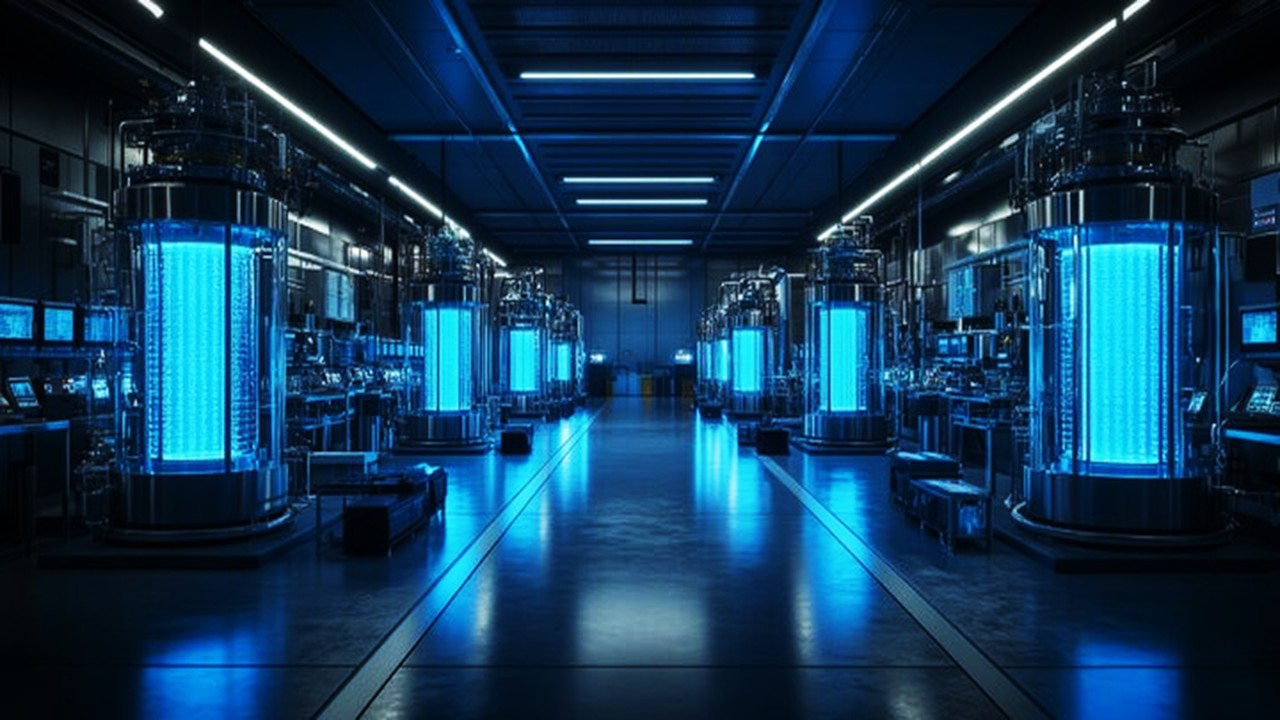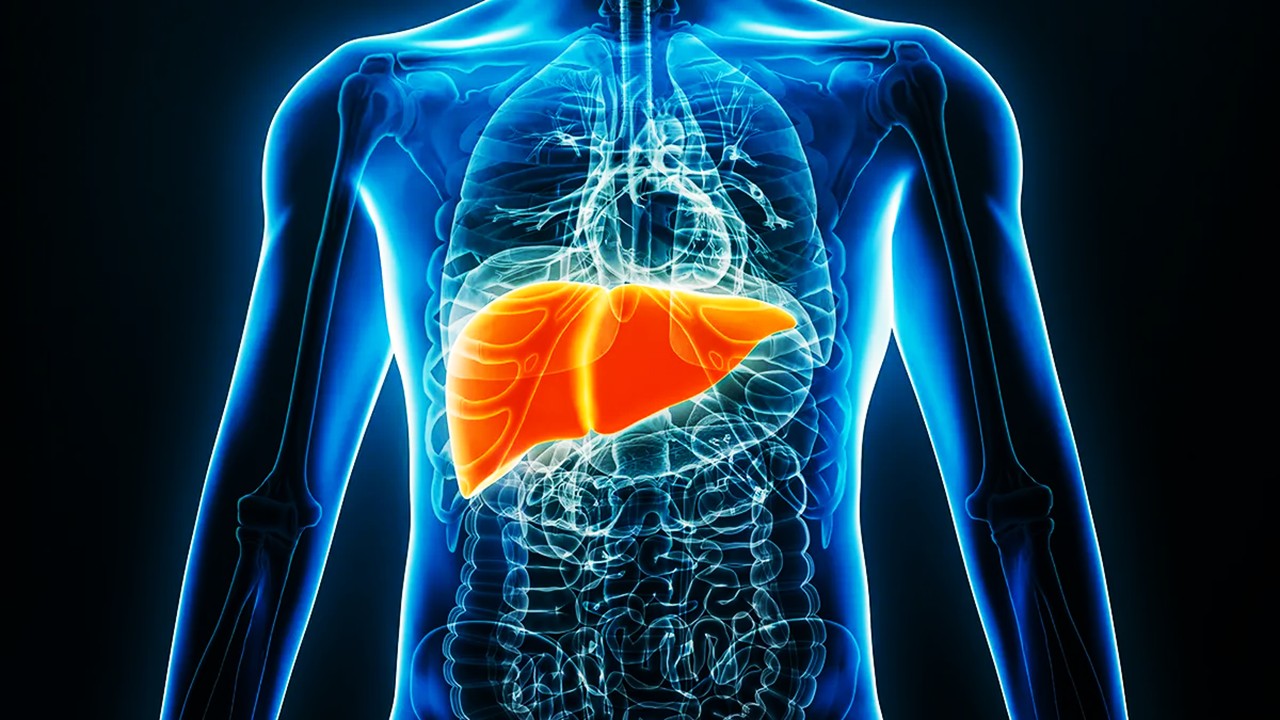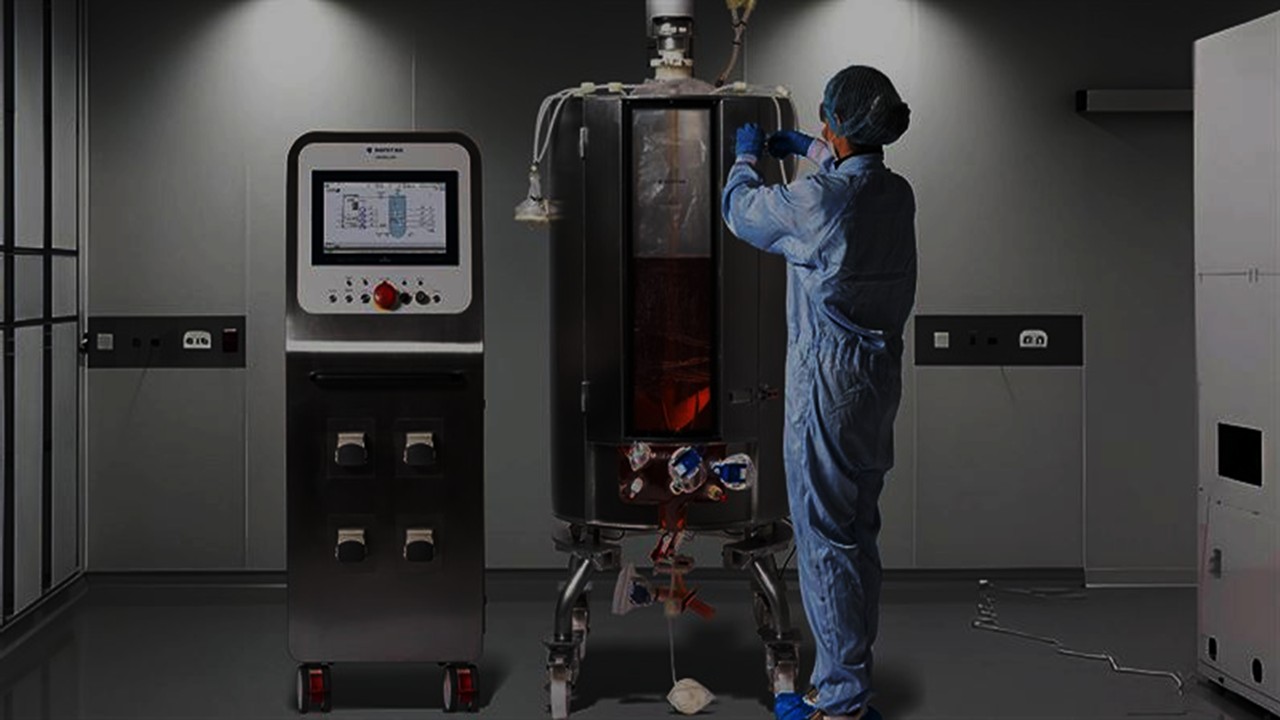The Chemical Industry’s CO₂ Paradox
The chemical industry sits at a crossroads: it is both a major contributor to global CO₂ emissions and a potential solution to the carbon crisis. Carbon capture and utilization (CCU) presents a compelling approach by turning CO₂ from a waste product into a valuable feedstock. Unlike traditional carbon capture and storage (CCS), which focuses solely on sequestration, CCU seeks to integrate CO₂ directly into chemical manufacturing. This paradigm shift has spurred research into catalytic transformations, electrochemical reduction, and biological pathways that promise to convert atmospheric carbon into useful chemicals, polymers, and fuels.
The core challenge of CO₂ utilization lies in its inherent stability. Carbon dioxide exists in a highly oxidized state, meaning it resists chemical transformation under standard conditions. This necessitates the use of catalysts, high-energy reagents, or electrochemical processes to activate the molecule. Historically, industrial chemistry has relied on fossil fuel-based carbon sources for feedstocks, but CCU strategies could disrupt this dependency by repurposing CO₂ into an asset rather than an emission. This transition would not only curb industrial greenhouse gas emissions but also create new avenues for sustainable chemical synthesis.
Implementing CCU in synthetic chemistry requires addressing both technical and economic barriers. Energy efficiency, reaction selectivity, and integration into existing production infrastructure are critical factors in determining the feasibility of CO₂-based processes. Yet, as advancements in catalysis and process engineering accelerate, the dream of a circular carbon economy—where CO₂ is continuously captured and transformed into valuable compounds—is moving closer to reality. This article explores the latest breakthroughs in CCU-driven synthetic chemistry, the challenges researchers face, and the broader implications for sustainability.
The Chemical Toolbox for Carbon Capture and Activation
Transforming CO₂ into usable chemical products requires precise molecular engineering. Unlike reactive carbon sources such as methane or syngas, CO₂ demands specialized catalysts that can lower the activation barrier and facilitate selective transformations. The two main approaches for CO₂ activation involve homogeneous and heterogeneous catalysis. Homogeneous systems, which rely on molecular catalysts such as transition metal complexes, offer tunability and high selectivity, while heterogeneous catalysts provide stability and industrial scalability.
Electrochemical and photochemical methods have emerged as powerful tools for CO₂ conversion, leveraging renewable energy sources to drive the reduction process. Electrochemical reduction, for instance, can convert CO₂ into valuable C1 chemicals like carbon monoxide, formic acid, or methanol. This process, when powered by renewable electricity, has the potential to create a carbon-neutral chemical industry. Photocatalysis, on the other hand, harnesses solar energy to trigger CO₂ transformations, mimicking natural photosynthesis but with engineered efficiency.
Beyond catalysis, biological systems are also being explored for CO₂ fixation. Enzymatic catalysis and engineered microbial pathways allow for the direct conversion of CO₂ into organic molecules under ambient conditions. These biocatalytic approaches hold promise for producing complex, high-value chemicals such as pharmaceuticals and specialty polymers. The convergence of synthetic chemistry, materials science, and bioengineering is expanding the toolkit for CCU, making it increasingly feasible to integrate captured CO₂ into chemical manufacturing.
CO₂ as a Synthetic Feedstock: New Pathways in Organic Chemistry
Carbon dioxide’s transformation into useful chemicals follows several key reaction pathways. One of the most established approaches is carboxylation, where CO₂ is incorporated into organic molecules to form carboxylic acids. This method provides a direct route to synthesizing pharmaceuticals, agrochemicals, and biodegradable plastics. Carboxylation reactions using CO₂ as a reactant offer an alternative to traditional petroleum-derived carbon sources, reducing dependence on fossil fuels.
Another promising strategy is CO₂ hydrogenation, where CO₂ is combined with hydrogen to produce methanol, methane, or synthetic hydrocarbons. Methanol, in particular, serves as a versatile platform chemical, with applications in fuels, solvents, and polymer production. Hydrogenation reactions are highly dependent on catalyst design, with metal-based catalysts such as copper, palladium, and ruthenium playing key roles in optimizing selectivity and efficiency. The challenge, however, lies in sourcing green hydrogen—hydrogen produced via electrolysis powered by renewable energy—to ensure that the overall process remains sustainable.
Polymerization reactions incorporating CO₂ into polymer backbones represent another significant area of innovation. CO₂-based polycarbonates and polyurethanes have gained attention for their potential to reduce petroleum consumption in plastics manufacturing. These materials retain the mechanical properties of conventional polymers while incorporating a portion of their carbon content from atmospheric CO₂. The continued development of CO₂-derived polymers could revolutionize the plastics industry, paving the way for more sustainable consumer products.
Challenges in Industrial Integration and Scalability
Despite the growing number of successful CO₂-to-chemical conversion processes in laboratory settings, scaling up remains a formidable challenge. One of the primary hurdles is the energy intensity of CO₂ activation. Many reactions require high temperatures and pressures, which can undermine their sustainability unless paired with renewable energy sources. The development of low-energy catalytic processes is therefore a key focus area in industrial research.
Economic viability is another critical consideration. The cost of capturing and utilizing CO₂ must be competitive with traditional petrochemical routes. Currently, fossil fuel-derived carbon remains the cheaper option for most industrial applications. Policy incentives, such as carbon pricing and subsidies for CCU technologies, may be necessary to bridge this economic gap. Additionally, advancements in direct air capture (DAC) technologies could provide a more concentrated and cost-effective source of CO₂ for chemical manufacturing.
Infrastructure compatibility further complicates large-scale adoption of CCU-based chemical production. Most existing chemical plants are optimized for fossil-derived feedstocks, requiring significant retrofitting to accommodate CO₂-based inputs. Hybrid processes that blend CO₂-derived intermediates with conventional raw materials may offer a transitional pathway, allowing industries to gradually shift toward carbon-neutral manufacturing without overhauling their entire supply chain.
Sustainability and the Circular Carbon Economy
The ultimate goal of CCU in synthetic chemistry is to establish a circular carbon economy—an industrial model where carbon is continuously recycled rather than emitted. This vision requires seamless integration of carbon capture technologies with chemical production processes, ensuring that CO₂ is not just sequestered but actively repurposed. Unlike traditional carbon mitigation strategies, which focus solely on reduction, CCU redefines CO₂ as a renewable resource.
One of the most promising aspects of CCU is its potential synergy with renewable energy infrastructure. Electrochemical and photochemical CO₂ conversion technologies, when powered by wind or solar energy, can create a closed-loop system that mitigates carbon emissions without relying on fossil fuels. Such systems have the potential to transform energy-intensive industries like cement and steel manufacturing, which currently lack viable decarbonization pathways.
The integration of life cycle assessment (LCA) methodologies into CCU research is essential for ensuring that these processes deliver real environmental benefits. LCA examines the total energy input, emissions, and material efficiency of a given process, providing a comprehensive picture of its sustainability. By prioritizing energy-efficient CO₂ transformations and minimizing waste byproducts, synthetic chemistry can play a leading role in building a carbon-neutral future.
The Future of Carbon-Driven Innovation
Carbon capture and utilization is more than just a technological fix for climate change—it represents a fundamental shift in how we perceive and manage carbon. By repurposing CO₂ as a chemical resource, synthetic chemistry has the potential to redefine entire industries, from pharmaceuticals to materials science. The coming decade will be critical in determining whether these innovations can transition from lab-scale experiments to widespread industrial adoption.
Continued advancements in catalysis, electrochemistry, and bioprocessing will be crucial in overcoming the remaining barriers to CCU implementation. Government policies and economic incentives will also play a key role in accelerating commercialization. As researchers push the boundaries of CO₂ transformation, the dream of a carbon-neutral chemical industry is moving closer to reality.
In the end, the success of CCU will hinge on the ability to integrate cutting-edge chemistry with sustainable industrial practices. By viewing CO₂ not as a pollutant but as a valuable feedstock, scientists and engineers are laying the foundation for a cleaner, more resilient global economy. The question is no longer whether we can harness carbon, but how quickly we can scale these solutions to meet the urgency of our climate challenge.
Engr. Dex Marco Tiu Guibelondo, B.Sc. Pharm, R.Ph., B.Sc. CpE
Subscribe
to get our
LATEST NEWS
Related Posts

Chemistry, Manufacturing & Controls
The Hydrogen Equation: Rewriting Chemical Manufacturing for a Cleaner Future
Clean hydrogen symbolizes more than low emissions—it represents a commitment to circularity, precision, and regenerative design.

Chemistry, Manufacturing & Controls
The Biomass Imperative: Nature’s Chemical Feedstock for a Post-Petroleum World
The transition from fossil to biomass feedstocks represents more than substitution—it’s a fundamental reimagining of chemical manufacturing’s first principles.
Read More Articles
Mini Organs, Major Breakthroughs: How Chemical Innovation and Organoids Are Transforming Drug Discovery
By merging chemical innovation with liver organoids and microfluidics, researchers are transforming drug discovery into a biologically precise, patient-informed, and toxicity-aware process.
Tetravalent Vaccines: The Power of Multivalent E Dimers on Liposomes to Eliminate Immune Interference in Dengue
For the first time, a dengue vaccine candidate has demonstrated the elusive trifecta of broad coverage, balanced immunity, and minimal enhancement risk,














